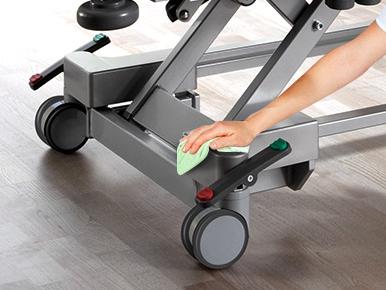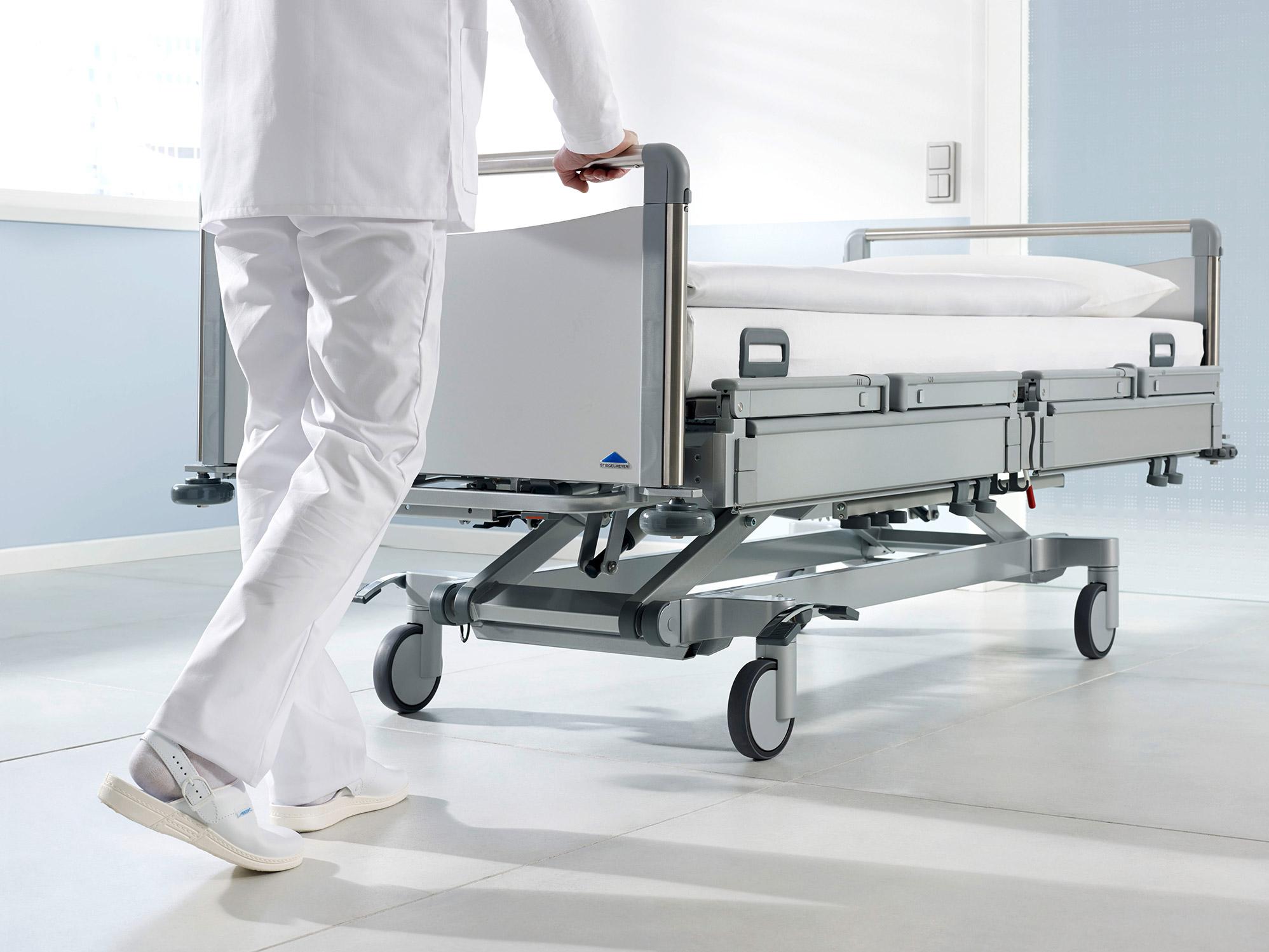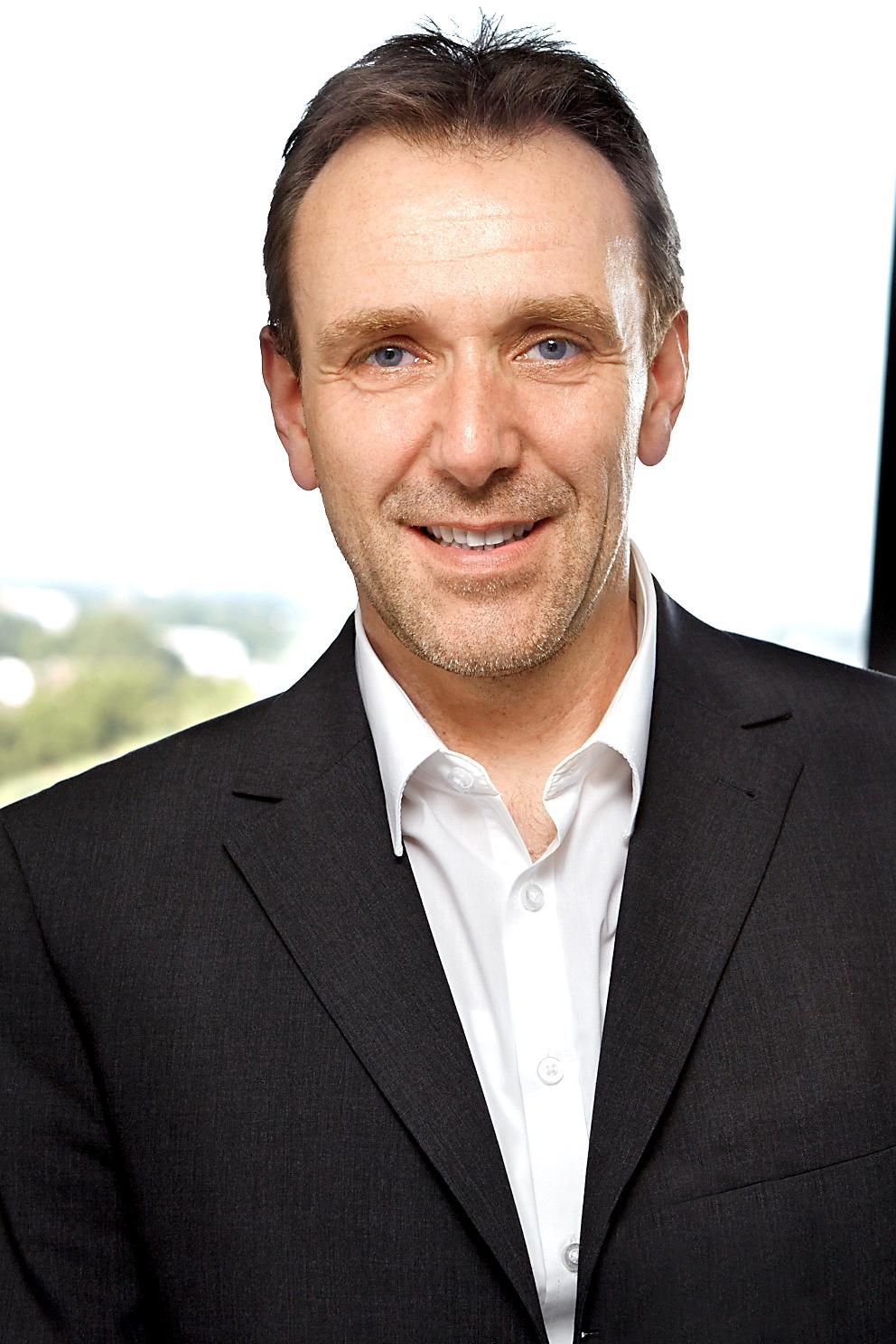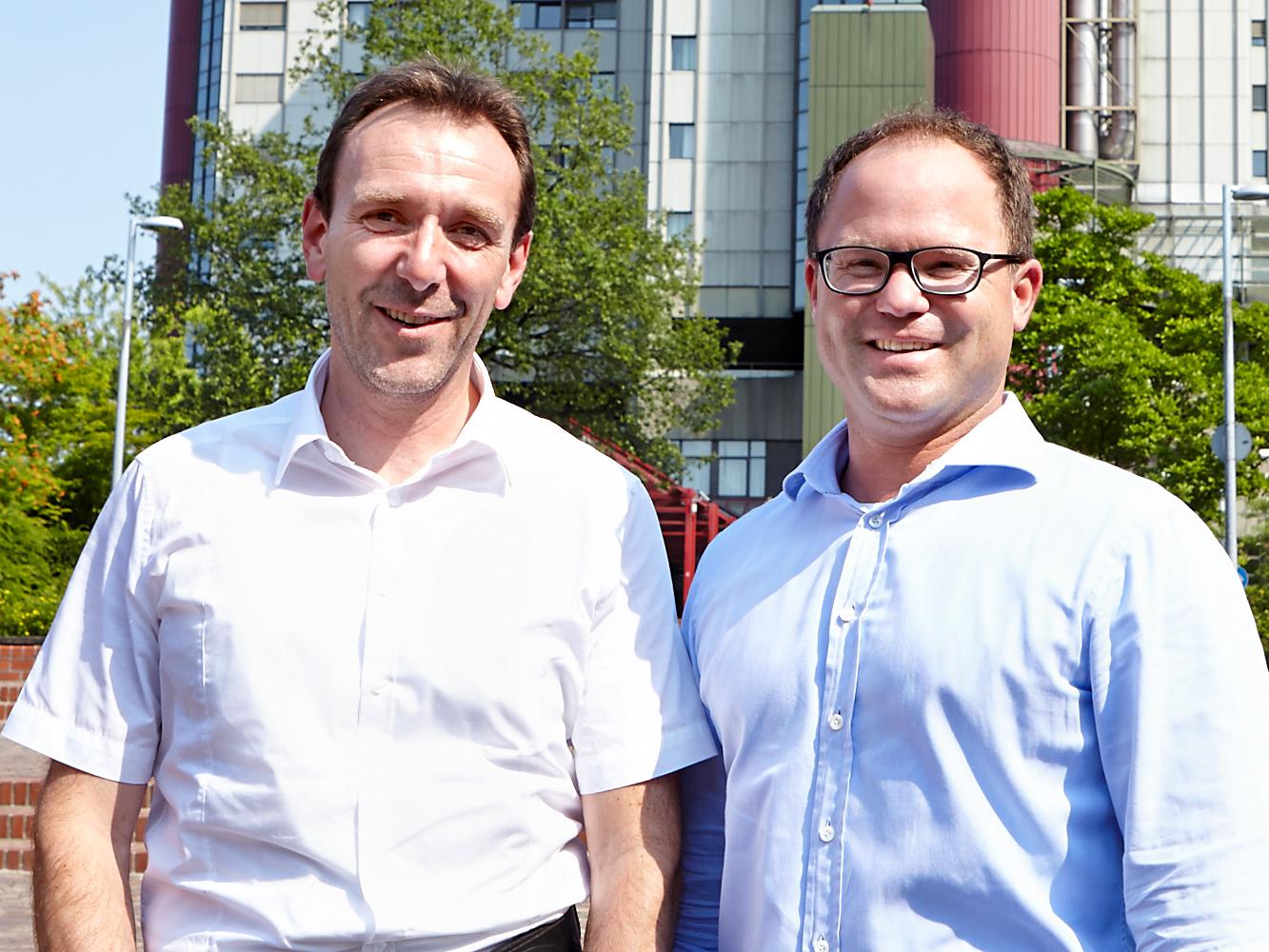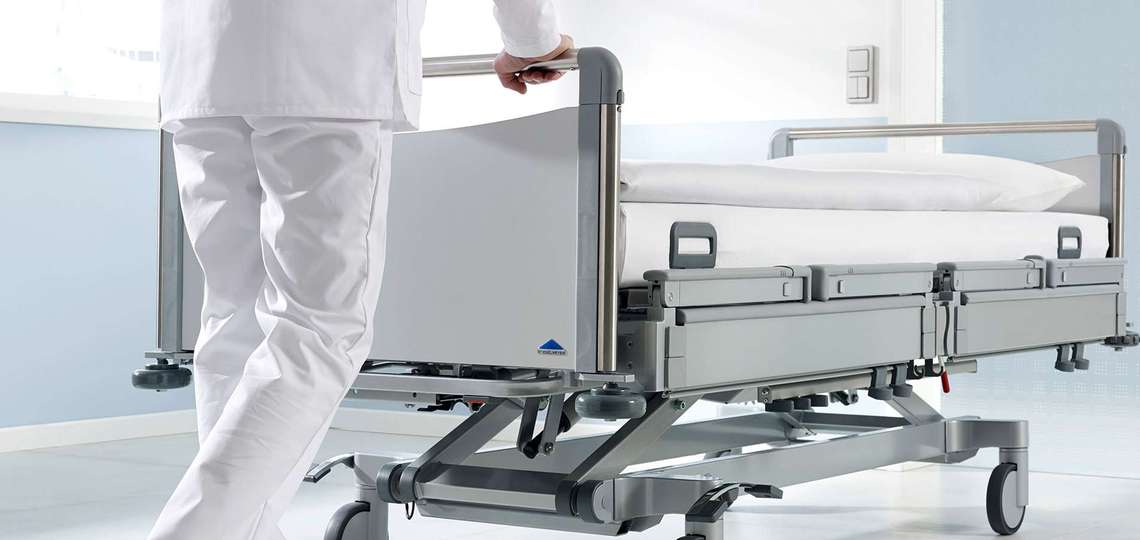
Topic series: Experience from practice
Tune in & pick up on
The supply of beds is an important topic in all hospitals, large and small. It is not only about a smooth workflow, but also increasingly about efficiency and cost savings. This complex process often needs to be modified, which represents a significant organisational task. The Bielefeld Clinical Centre is currently facing this challenge at all three of its locations.
We spoke to Mr Ralf Steinmeier, business manager of the clinic’s service company Dienstleistungsgesellschaft Klinikum Bielefeld mbH, on this subject. His area of responsibility comprises, among other things, the entire control of bed reprocessing and the new structure of the collaboration with the clinic.
Our topic today is bed provisioning. How are you currently reprocessing your beds?
In the central Bielefeld location, we have a building structure that is a single bed complex and a corresponding connection to lifts and a central bed reprocessing. For us, that is quite luxurious because of the relatively short distances.
At the Rosenhöhe location, the set-up is similar in that we also have a central reprocessing area. However, the area and room structures are much more compact which Impacts mobility.
The Städtische Kliniken Bielefeld gem. GmbH comprises three locations with over 1,140 beds. They are distributed among the locations in central Bielefeld (about 700 beds), Bielefeld Rosenhöhe (about 260 beds) and Halle/Westfalen (about 180 beds). In the central Bielefeld hospital, about 150 beds are reprocessed per day, while in Rosenhöhe between 90 and 100 beds and in the Halle hospital about 30 to 40 beds are reprocessed per day.
The Dienstleistungsgesellschaft Klinikum Bielefeld GmbH is a wholly owned subsidiary of the Bielefeld Clinical Centre and takes care of all the tasks that are not core tasks in the field of medicine and care at the three clinics. This includes, for example, the food supply, patient transport, materials logistics, physiotherapy, domestic services, archive management, mail service and, of course, also bed reprocessing.
Reprocessing in the hospital in Halle is more problematic at the moment because the size and structure of it forces us to work with decentralised reprocessing. We are currently searching for a way to offer very good, comprehensive, hygienic bed reprocessing and, at the same time, not to additionally stress patients, visitors and other employees.
Why do you want to reorganise bed provisioning? Are there particular problems or needs in the bed Management?
The framework conditions in the healthcare sector have greatly changed. This increasingly forces us to structure our overall processes more effectively. Bed provisioning is naturally a part of this. That’s why we took advantage of the relationship with the Stiegelmeyer company that exists through ZIG (Zentrum für Innovation in der Gesundheitswirtschaft OWL) for the structural analysis.
What is the special feature of your clinical centre and what are your typical everyday problems?
In addition to the general hospital area, we have several very different speciality clinics within the hospital, such as an ear, nose and throat clinic, an eye clinic, a special area for the short-term care and more besides. In addition to the general development in the hospital environment, the time that a patient spends in hospital is also getting shorter. This means high fluctuation in patients and an accompanying high level of bed movement. Occasionally, we hit a limit, for example on lift capacities.
We have to respond effectively and costefficiently, like any large company. In order to avoid unnecessary capital commitments, we have to be very careful that the bed reprocessing time is as short and as efficient as possible. Every bed needs to be available as soon as possible for the next patient.
Stiegelmeyer performed an analysis of bed reprocessing at your company and the associated processes. What exactly did it look at and which steps did you go through?
We jointly analysed the bed reprocessing process at all three locations with Stiegelmeyer. This involved considering the times we needed to transport a bed from point A to point B, the time we needed to reprocess a bed; the entire time window was considered and we analysed the full-time staffing equivalents planned for the reprocessing, and, of course, also the cost structures which result within the bed reprocessing.
- Where and how is a bed cleaned?
How does the bed get to the right place at the right time?
What are the costs involved in bed supply?
Was there anything that was particularly noticeable in the process, or did any ideas or solutions come up?
We quickly realised that we often needed to manoeuvre difficult and winding corridors during transport to and from the various units. In addition, the lift timing did not allow lifts to be optimally used. In the course of the analysis, initial proposals came up for restructuring this process, such as using a new routing or some other use of space. At the beginning it took us a bit of time to get oriented. But then we recognised that this idea had potential and we could be more effective. It was quite exciting to discover new aspects in what was supposed to be a very smooth process.
So you had already asked yourself at the very beginning what you could expect, or what might happen if you changed certain workflows?
Absolutely. Our joint work made it very quickly clear that it was not only about the bed reprocessing. The topic is much more complex. In addition, there is the maintenance, the transporting, the spatial situation and much more. All of that needs to be considered so that there are then verifiable grounds for taking a decision. That is the only way to really know all the things that happen when processes are changed. You can already be prepared ahead of time, or properly coordinate any changes needed.
How do you deal with the complexity of the approaches outlined?
We had already set up a working group on the topic of bed management which included the areas of care and technology. All the facts outlined were again discussed in great detail in the group. This was very important because a project of this nature brings many other new things with it which you don’t think of at first. Ultimately, we wanted to be prepared and not change everything only to realise in retrospect that both our system and hospital no longer functioned correctly. With such a reorganisation, you need to identify and think through all the potential pitfalls. Even if it seems uncomfortable sometimes, an objective view from outside can be an additional aid to decision-making.
What specifically were the results of your collaboration with the Stiegelmeyer company?
Important approaches to solutions, different starting points and specific fields of action came to light. The analysis reveals a lot of essential information, but is nothing by itself. The Stiegelmeyer company therefore takes the analysis and matches it with the solution and will accompany the full implementation process if this is requested. It offers a variety of modules for this. But this is a significant step further along the way.
What are your next steps after the analysis?
We are in the process of further developing a concrete solution. The next step is to create a general requirements and detailed functional specification document, which is currently happening for the bed provisioning at the Halle site.
Looking back, how would you rate the cooperation with the Stiegelmeyer company?
The cooperation was very good. Everything was confidentially, professionally and very individually modified to our needs. It was a very good way to direct our view to existing problems and details which we no longer perceived, even in this form. Added to that is the fact that the Stiegelmeyer staff has practical experience and knows exactly what a hospital routine is like. They go through all steps in detail with you even to the point of grabbing the rag from your hand. This automatically creates greater confidence and respect among our employees because they immediately see that the person knows what he is talking about. That is a completely different level of communication.
Thank you very much for the informative interview!

